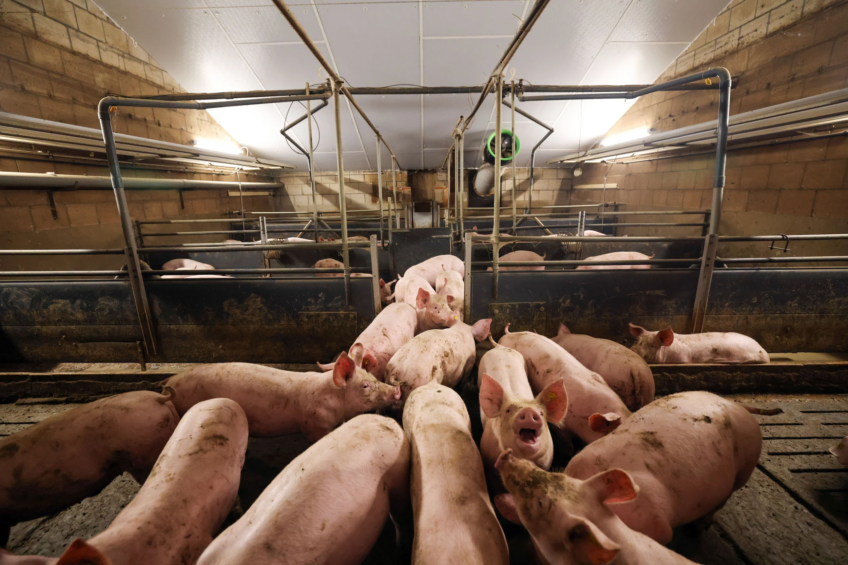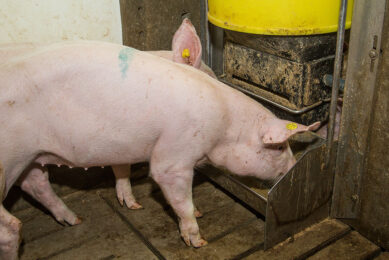More use of circular raw materials possible in pig feed

Pig farming can take a big step towards circularity by increasing the use of circular raw materials in pig feed. That is evident from a recent study by researchers in the Netherlands.
The literature study was conducted by Wageningen Livestock Research, part of Wageningen University & Research (WUR), supported by the Netherlands Ministry of Agriculture, Fisheries, Food Security and Nature and the umbrella platform for swine issues in the Netherlands, CoViVa.
The study on circular raw materials in pig feed showed that higher mixing percentages of a number of circular products in pig feed are possible without negative consequences for animal performance, health or welfare. That is different for individual raw materials. In addition, it remains to be seen what might be the effects of combinations of raw materials.
Reducing the share of cereals in pig feed
One of the scenarios studied aimed on the reduction of the share of cereals in pig feed. Instead, what could be used would be cereal by-products, wet by-products and possibly swill (if legally permitted). The outcome was that cereal by-products such as bran and feed meal appeared to be easily digestible and were not shown to have any negative effect on growth or feed efficiency.
In addition, fibres from these products could contribute to gut health and reduce post-weaning diarrhoea. Both origin as well as method of processing do play a role in that process.
Wet by-products from the food industry, such as potato fibres and residual flows, were also said to offer opportunities, on the condition of proper storage hygiene and distribution. Studies have indicated that including 25% potato peels or a mixture of liquid by-products (including whey) would give equivalent results to feed based on cereals and soybean meal.
The researchers also noted that fermentation of specific products such as potato fibres and potato pulp could limit digestibility and negative influence on growth, in addition to having a positive effect on gut health.
Reducing the share of imported proteins in pig feed
A second scenario examined the possibilities for reducing the use of imported soybean meal. That scenario involved the inclusion of rapeseed meal, field beans, legumes, insect meal and aquatic raw materials (such as seaweed) as alternatives. Rapeseed meal and legumes can be used without significant loss of performance, they wrote. The research stated that for rapeseed, it would be equivalent to 5-25% in piglet feed and 10-20% in feed for finisher pigs.
The total amount of fibre content and the presence of natural bioactive substances such as tannins or alkaloids, however, could negatively influence the results, the report concluded. Too little would be known about the use of grass or lucerne in pig feed, although grass protein concentrate appeared to be promising as an alternative to soy meal.
Insect meal: a highly digestible ingredient
In the report, insect meal is being described as a promising highly digestible protein-rich ingredient, although availability and legislation would still be restrictive. As with algae and seaweed, little is known about higher percentages in feed.
Processed animal proteins (PAPs) from poultry meal could already replace 4 to 5% of soy meal, without negative consequences for growth and carcass quality, the scientists wrote. The use of feather and poultry meal with a high ash content could lead to lower intake and growth, the report concluded. The effect of (new) processed animal proteins on health and welfare is still said to be unclear.








